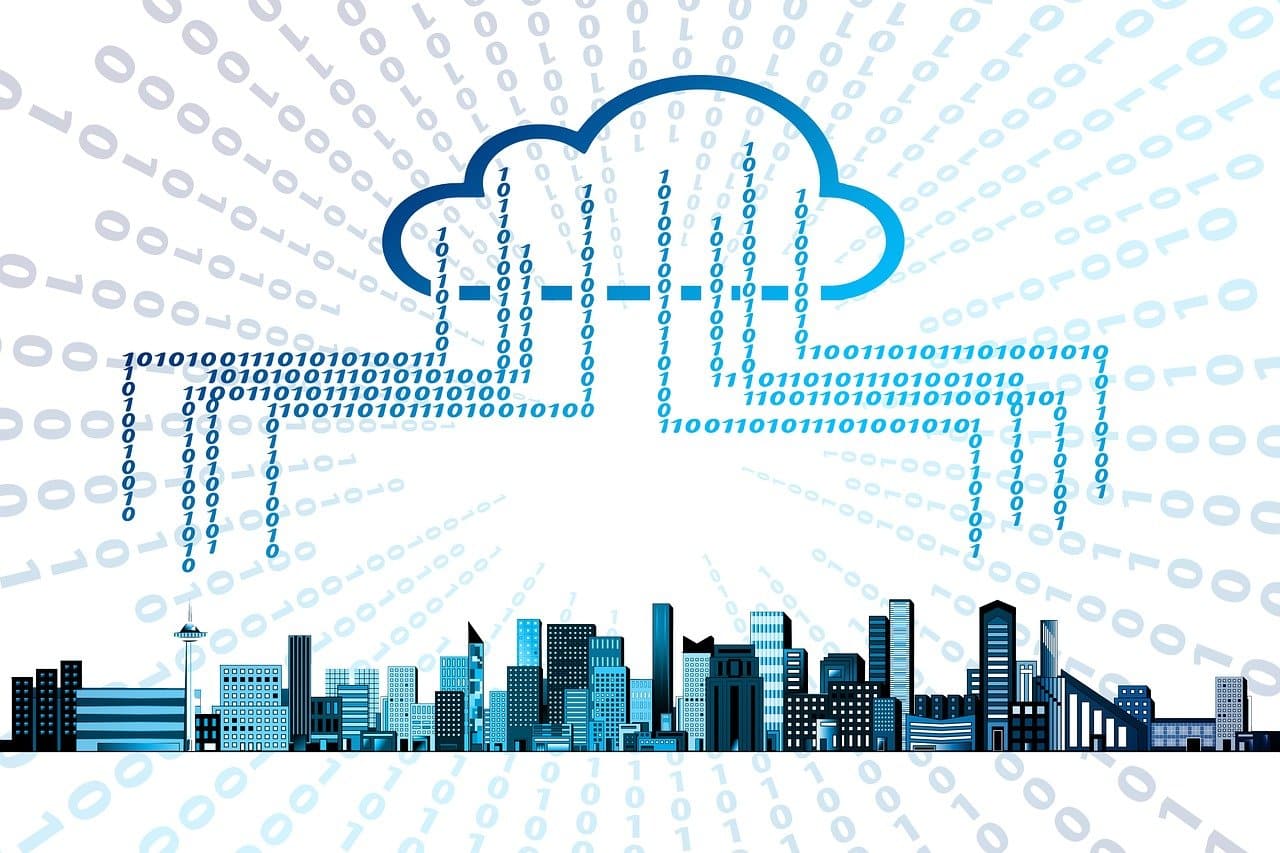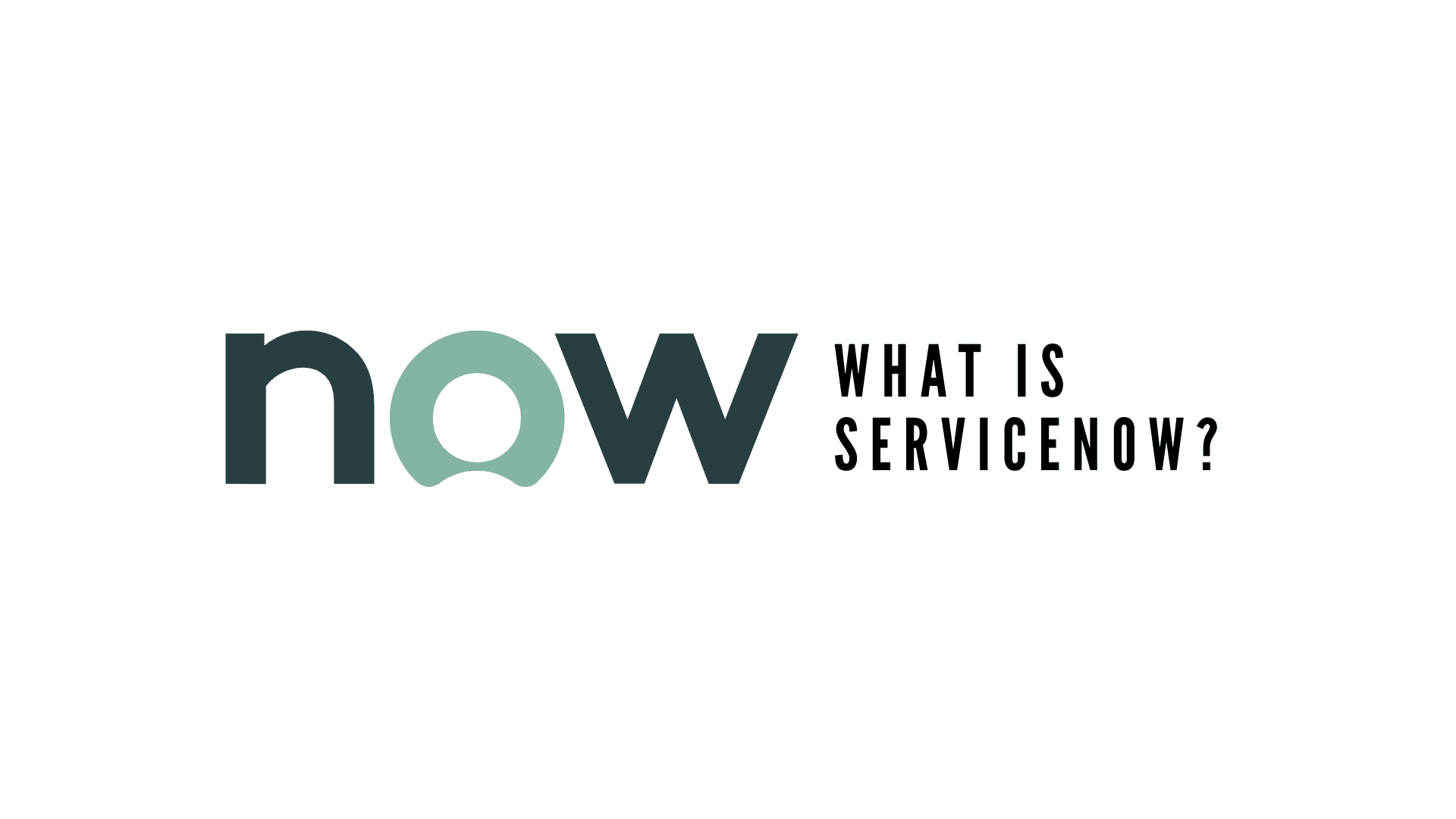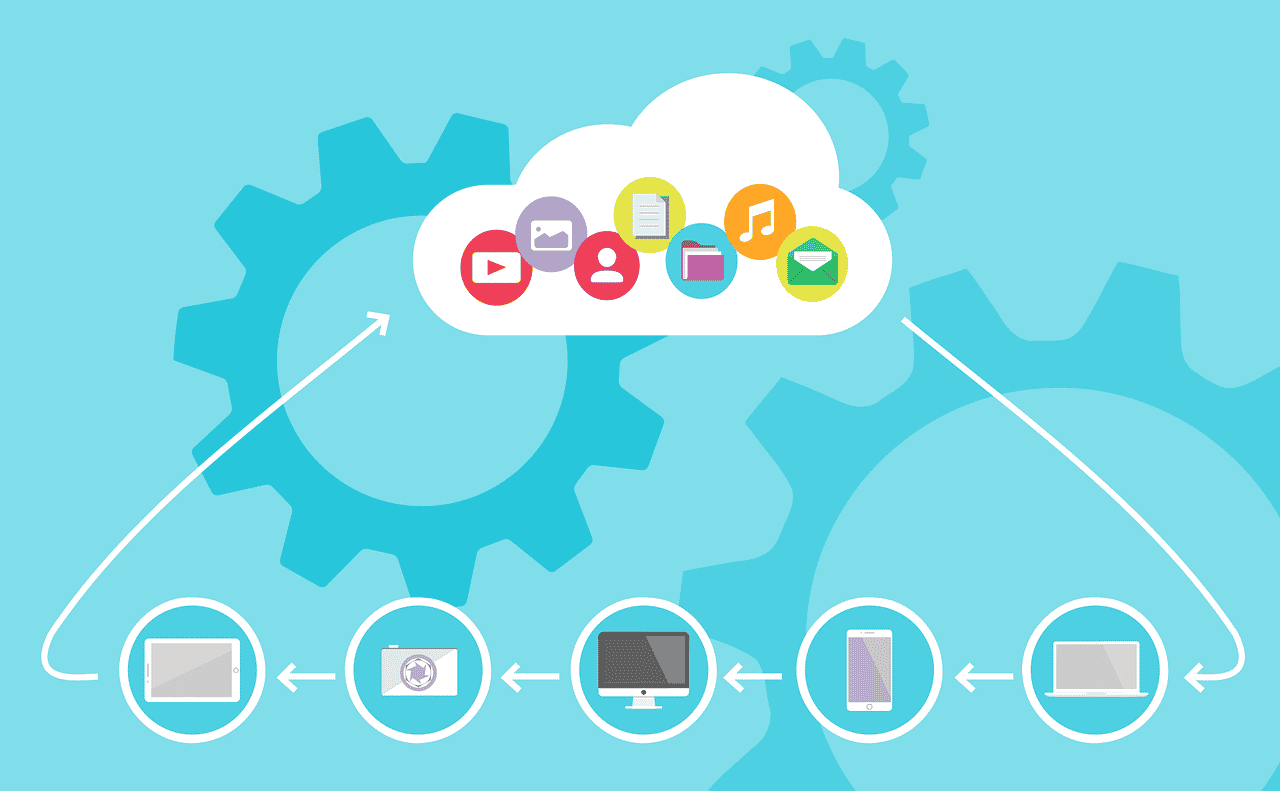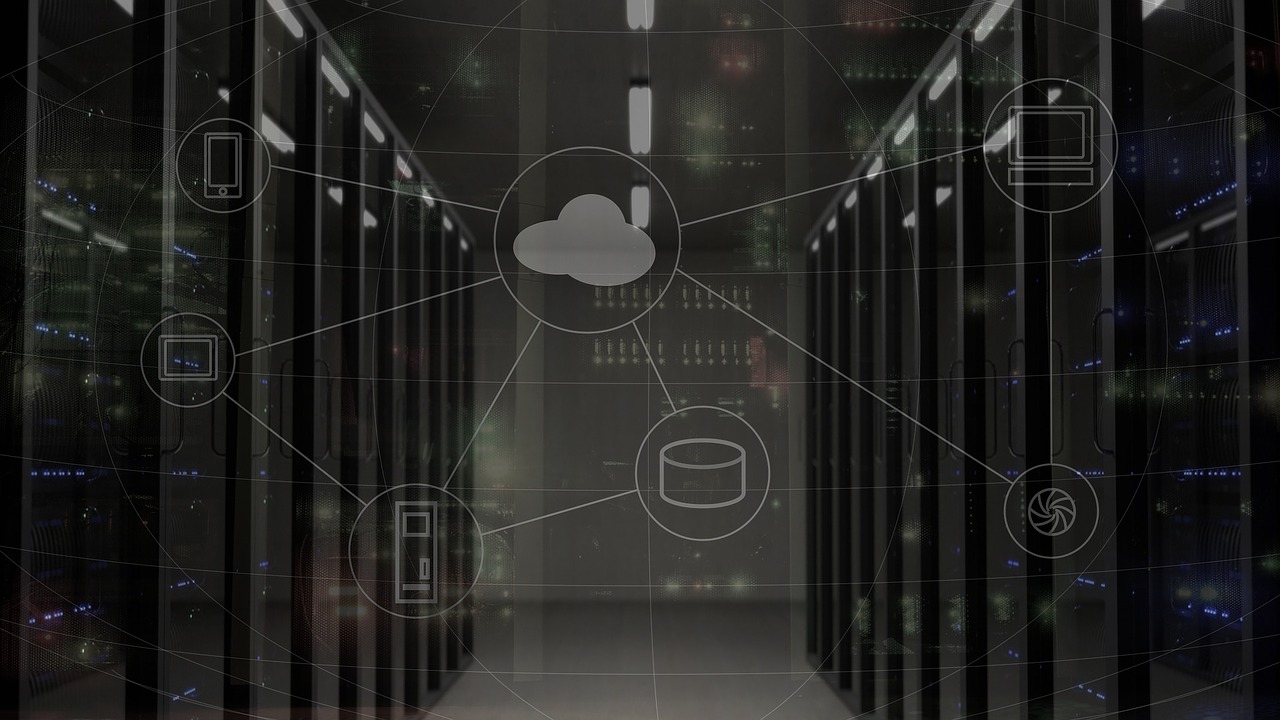- Introduction
- What is multi-tenancy in the cloud?
- Why Multi-Tenant Architecture Matters?
- Multi-Tenant Architecture Development
- Types of Multi-Tenant Architectures
- What is the Noisy Neighbor Effect in Multi-Tenancy?
- How does Multi-tenancy Work?
- Benefits of Multi-Tenant Architecture
- Single-Tenant vs Multi-Tenant Architecture
- Multi-tenant architecture examples
- Summary
- Introduction
- What is multi-tenancy in the cloud?
- Why Multi-Tenant Architecture Matters?
- Multi-Tenant Architecture Development
- Types of Multi-Tenant Architectures
- What is the Noisy Neighbor Effect in Multi-Tenancy?
- How does Multi-tenancy Work?
- Benefits of Multi-Tenant Architecture
- Advantages Of Multi-Tenant Architecture
- Disadvantages Of Multi-Tenant Architecture
- Single-Tenant vs Multi-Tenant Architecture
- Multi-tenant architecture examples
Introduction
Cloud computing is a revolutionary term that has changed the way businesses operate all over the world. Cloud operations are becoming increasingly important to organisations, and cloud migration services and multitenancy in cloud computing are in high demand.
You may have heard the term “multitenancy” in the context of cloud computing and wondered what it meant. Here’s a more in-depth look at multitenancy in cloud computing.
What is multi-tenancy in the cloud?
In cloud computing, multi-tenancy is all about sharing, i.e. multiple customers are served by a single instance of an application. Sharing resources such as configurations, user management rules, and data – all of which can be customised and physically integrated but logically separated.
In both public and private clouds, multi-tenant architecture is widely used. Examples include Software-as-a-Service (SaaS) applications such as Google Apps, Microsoft 365, Netflix, and Shopify.
Also Read: History of Cloud Computing and how it’s worth 320 billion in 2021?
Why Multi-Tenant Architecture Matters?
As we saw earlier multi-tenant is used by all the public cloud providers and it is universally deployed. This architecture is a core technology that enables cloud computing and makes computing economically and technologically feasible by allowing a mixed number of customers to leverage one platform.
Other Crucial factors are
- The multi-tenant architecture enables high levels of scalability.
- Multi-tenant architecture enables cloud in all its forms: public cloud, private cloud, multi-cloud, hybrid cloud, and native cloud.
Multi-Tenant Architecture Development
The concept of multitenancy in cloud computing dates back to the 1960s when companies rented time on mainframes and could access the same apps at the same time, a feat only mainframes could do.
In the 1990s, application service providers hosted applications on behalf of their customers and were made available to multiple customers.
In the 2000s, multitenancy is part and parcel with software-as-a-service models like Salesforce, Office 365, Slack, and many more applications on demand.
Types of Multi-Tenant Architectures
There are two types of multi-tenant architectures. These include:
One App Instance, One Database
In this type of multi-tenant architecture, a single instance of the software will support single databases. This multi-tenancy architectural style offers scalability and increases capacity as and when the tenants increase. However, the biggest drawback of one app instance, one database is the noisy-neighbour effect.
Benefits:
- Easy to scale
- Less cost due to shared resources
Drawbacks:
- Noisy-neighbor effect
What is the Noisy Neighbor Effect in Multi-Tenancy?
When multiple tenants make requests to the same database server, performance issues can occur resulting in noisy neighbours. The only effective way to manage is “priority setting.”What is the Noisy Neighbor Effect in Multi-Tenancy?
When multiple tenants make requests to the same database server, performance issues are evident — resulting in noisy neighbours. The only effective way to manage the allocation of resources is “priority setting.”
One App Instance, Several Databases
In this type of multi-tenant architecture, a single instance of the software supports multiple databases. This can get expensive as you are asking for a separate space to store the tenant data.
Benefits:
- Low complexity
- Easy management
- No noisy-neighbour effect
Drawbacks:
- Expensive
- Low scalability
How does Multi-tenancy Work?
In a multi-tenant architecture, a single instance of the software is shared on the public cloud and this can be accessible to multiple tenants. However, the software instance can be customized to suit their needs. Although every tenant accesses the same software application, the customization of the product experience is different for every tenant.
Benefits of Multi-Tenant Architecture
The benefits of multi-tenant architecture include:
Scale Economies
Multi-Tenant Architecture allows renting the common resources on the cloud infrastructure.
You pay for cloud resources, but the value and profits it brings are high. Thus, helping in improving economies of scale.
Expedient Maintenance, Updates, and Upgrades
In the case of SaaS Multi-tenant Architecture, users do not have to pay fees to keep the software up to date. Maintenance costs are usually associated with a SaaS subscription. Thus, making a multi-tenant architecture a cost-effective solution.
It is easy to make upgrades to the technology stack.
The maintenance costs, get shared by all the tenants as they use the code from the same pool.
Convenient Onboarding of New Tenants
In a Multi-Tenant Architecture, the process of signing up and configuration of subdomain/domain are automated. Thus, it is convenient to onboard the new tenants.
Scalability
The horsepower of the entire Multi-Tenant SaaS model is powered up, thus providing scalability to all the tenants. At times, it can be as simple as adding more hardware for the same existing resources of the technology stack. In multi-tenant applications, the server space scales up based on the tenant strength.
Advantages Of Multi-Tenant Architecture
The chief advantage of multi-tenant hosting is that it is less expensive as it can be generally polled to other tenants.
There are other advantages as well.
- Hosting time reduced: It’s not your hardware to manage any more, reducing a lot of time and expense.
- Better protection: With less interaction with the outside world, exposure to malicious software is reduced.
- Automatical software upgrading: You always get the latest version of software pushed out to you by the provider.
Disadvantages Of Multi-Tenant Architecture
Despite its cost advantage, multi-tenant environments have some downsides.
- They have their own security risks: In the beginning, you need to restrict access controls to make sure the right people get access. Data corruption can spread from one user to all, though precautions guard against this.
- Downtime: Outages can make the news when they happen. SaaS providers tend to build enough redundancy into the system to minimize this.
- Noisy neighbours are one of the disadvantages of multi-tenant architecture
Single-Tenant vs Multi-Tenant Architecture
For a better understanding of the differences between single-tenant and multi-tenant architecture, here’s a consolidated comparison table:
| Single-Tenant Architecture | Multi-Tenant Architecture |
| A single instance to a single customer | A single instance to multiple customers |
| SaaS client is the tenant | SaaS client’s customers are tenants |
| Better security | Security is a bit on the lower side |
| No noisy-neighbour effect | Prevalent noisy-neighbour effect |
| Full-time resource availability | Resource availability depends on the priority list |
| Complex Scalability | Easier to scale |
| Advantages : Greater customization Greater isolation from security risks Faster recovery Better control Avoiding “noisy neighbour” | Advantages : Simplified hosting Better protection of systems Upgrading software is no longer your problem |
Multi-tenant architecture examples
The examples of a multi-tenant architecture include such services as:
- Gmail: email clients are the prime examples of SaaS that doesn’t require setting up and maintenance.
- Google Drive and Dropbox: cloud file hosting services offer secure and easy-to-access storage over the Internet.
- Shopify: multiple tenants use Shopify to host their platforms while sharing the database with other website owners.
Summary
This was all about what is a multi-tenant architecture in cloud computing. This offers multiple advantages for startups because of its cost-efficiency and scalability. But developing a multi-tenant service goes beyond architecture design.






